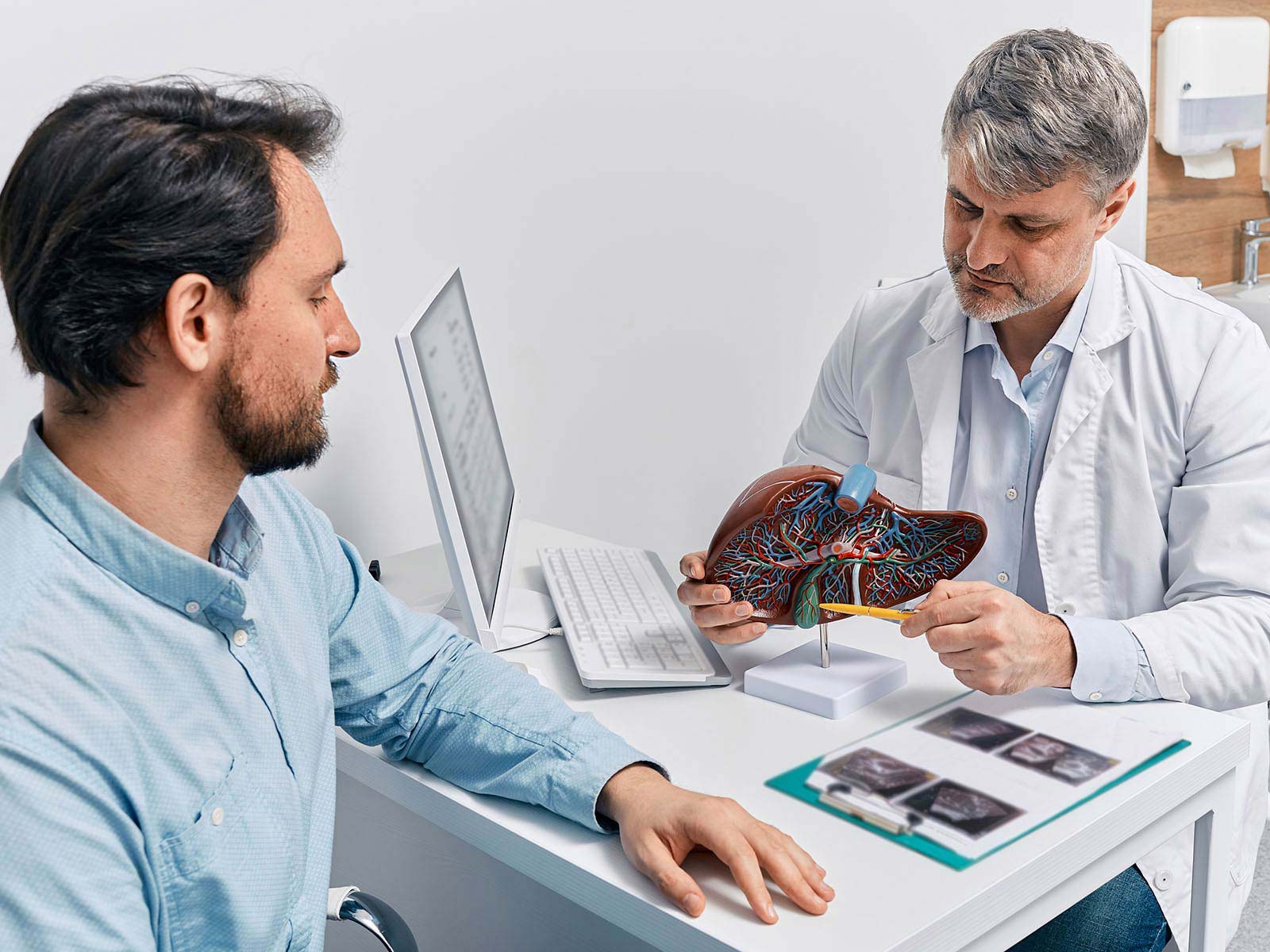
Cholesterolosis happens when cholesterol builds up in the lining of your gallbladder. Doctors often call it "strawberry gallbladder" because the lining looks speckled. It's usually found by chance on an ultrasound or during surgery and is generally not harmful.
Many people have no symptoms. If you do notice something, it may include:
The exact cause isn't clear, but these factors raise your risk:
At GastroDoxs in Katy, we specialize in gallbladder care-especially cholesterolosis. Our board-certified gastroenterologists use the latest diagnostic tools (including targeted ultrasounds) and develop personalized, evidence-based treatment plans-ranging from dietary guidance and medication to minimally invasive surgery when needed. You'll receive clear explanations, ongoing follow-up, and compassionate support every step of the way. Don't let gallbladder symptoms hold you back- Book an Appointment Today and get the expert care you deserve.
We've successfully treated more than 536 patients, helping individuals improve their digestive health and overall well-being through expert, personalized care.
With over 20 years of experience, GastroDoxs has been a trusted provider of gastroenterology care, focusing on delivering the best outcomes for patients
Cholesterolosis occurs when excess cholesterol builds up in the lining of the gallbladder, giving it a "strawberry" appearance on imaging or during surgery.
It's most often found incidentally on an abdominal ultrasound or during gallbladder surgery when the lining shows characteristic fat deposits.
Many people have no symptoms. Others may feel a dull ache under the right ribs, nausea after fatty meals, bloating, or mild indigestion.
The exact cause is unclear, but risk factors include high blood cholesterol, rapid weight changes, being a woman over 40, diabetes, and certain medications.
Cholesterolosis itself is usually benign. Treatment is only needed if it causes significant pain or complications such as gallstones.
Management may include a low-fat, high-fiber diet, regular exercise, medications to improve bile flow, and, rarely, surgery if pain is severe or persistent.
Your doctor may recommend an ultrasound every 6 to 12 months to monitor the gallbladder lining and rule out complications.
Cholecystectomy (gallbladder removal) is considered if you have constant pain, recurrent symptoms, or associated gallstones that don't respond to conservative care.
These are billing and classification codes used by healthcare providers to document a diagnosis of cholesterolosis of the gallbladder in medical records and insurance claims.
For detailed imaging examples and clinical information, visit reputable resources such as Radiopaedia.org or consult your gastroenterologist at GastroDoxs in Katy.